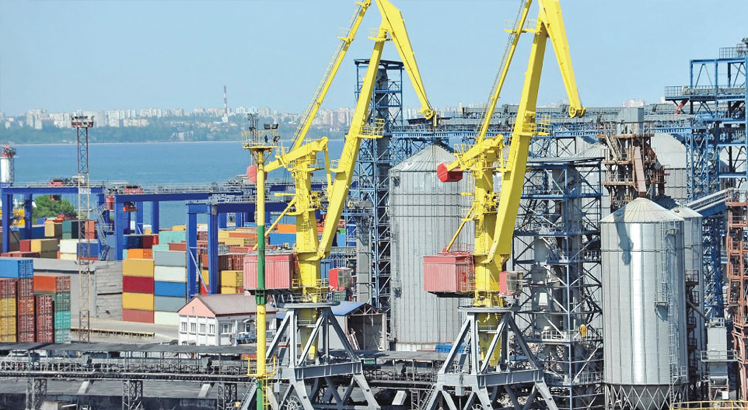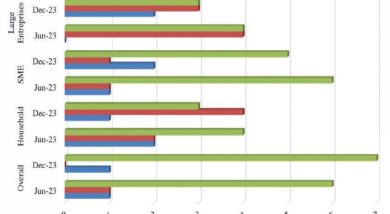Ukraine war pushes up global shipping costs rise
The United Nations Conference on Trade and Development (Unctad) says the war in the Ukraine is stifling trade and logistics and increasing global vessel demand and the cost of shipping around the world.
In a report entitled ‘Maritime Trade Disrupted: The war in Ukraine and its Effects on Maritime Trade Logistics’ published recently, Unctad attributes the shipping and transport hurdles in the Black Sea region to disruptions in regional logistics, the halting of port operations in Ukraine, the destruction of important infrastructure, trade restrictions, increased insurance costs and higher fuel prices.
This, in turn, has increased shipping distances, along with transit times and costs.

Reads the report in part: “Grains are of particular concern given the leading role of the Russian Federation and Ukraine in agri-food markets, and its nexus to food security and poverty reduction.”
The UN observes that while grain prices and shipping costs have been on the rise since 2020, the war in Ukraine has exacerbated this trend and reversed a temporary decline in shipping prices.
Unctad data shows that between February and May 2022, the price paid for the transport of dry bulk goods such as grains increased by nearly 60 percent.
The accompanying increase of grain prices and freight rates would lead to a 3.7 percent increase in consumer food prices globally, said Unctad.
In November 2023, the UN warned that the potential effect of high freight rates on consumer and import prices in varies by country, for least developed countries (LDCs), such as Malawi, import price could be lumped with an 8.7 rise rise.
Meanwhile, in Malawi, commodity prices have continued to rise in 2022, with the import price index at 80 percent above 2021 levels by end-April 2022, due to the escalating Ukraine crisis.
In the In its 2022 Malawi Economic Monitor (MEM), the World Bank said the trend is an indication of the country’s vulnerability to shocks, highlighting the need for further diversification and commercialisation.
Reads the MEM in part: “While Malawi buys few of the commodities it imports directly from the Russian Federation [0.7 percent of total imports in 2020] or Ukraine [0.1 percent], Malawi remains subject to global supply pressures and escalating price dynamics.”
During the review period, commodities represented 57 percent of exports and 13 percent of imports while exported commodities are dominated by tobacco (K328 billion in 2021), sugar (K60 billion in 2021) and tea (K58 billion in 2021).
On the other hand, fertilisers (K228 billion in 2021) and fuels (K104 billion in 2021) are the most significant imports.
The development is coming at a time when government is increasingly promoting import substitution to address foreign exchange shortages through, among others, Buy Malawi Campaign and the National Export Strategy.
In an earlier interview, the National Working Group on Trade and Policy Frederick Changaya said while there are positive outcomes with the initiative, there are moderating variables that mask some gains.
He said: “The tragedy that I normally see in Malawi is where something like this is taken to be failing; hence, policy reversal oscillating back and forth. As a result, policy instruments don’t work.
“Policy instruments in many cases take longer to make an impact. There is need to allow for adequate correction period.”
To boost exports, the Ministry of Trade is banking on the National Export Strategy II for a turnaround and the commencement of trading under African Continental Free Trade Agreement, which will cover a market of 1.2 billion people and estimated $3 trillion in combined gross domestic product, to boost exports through the expanded market





One Comment